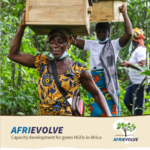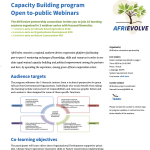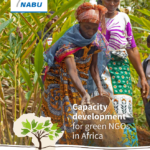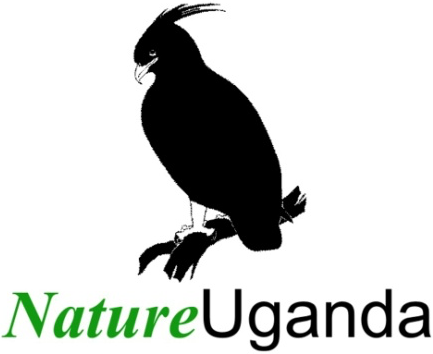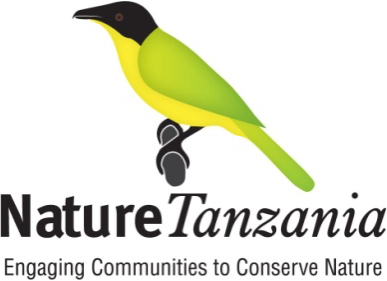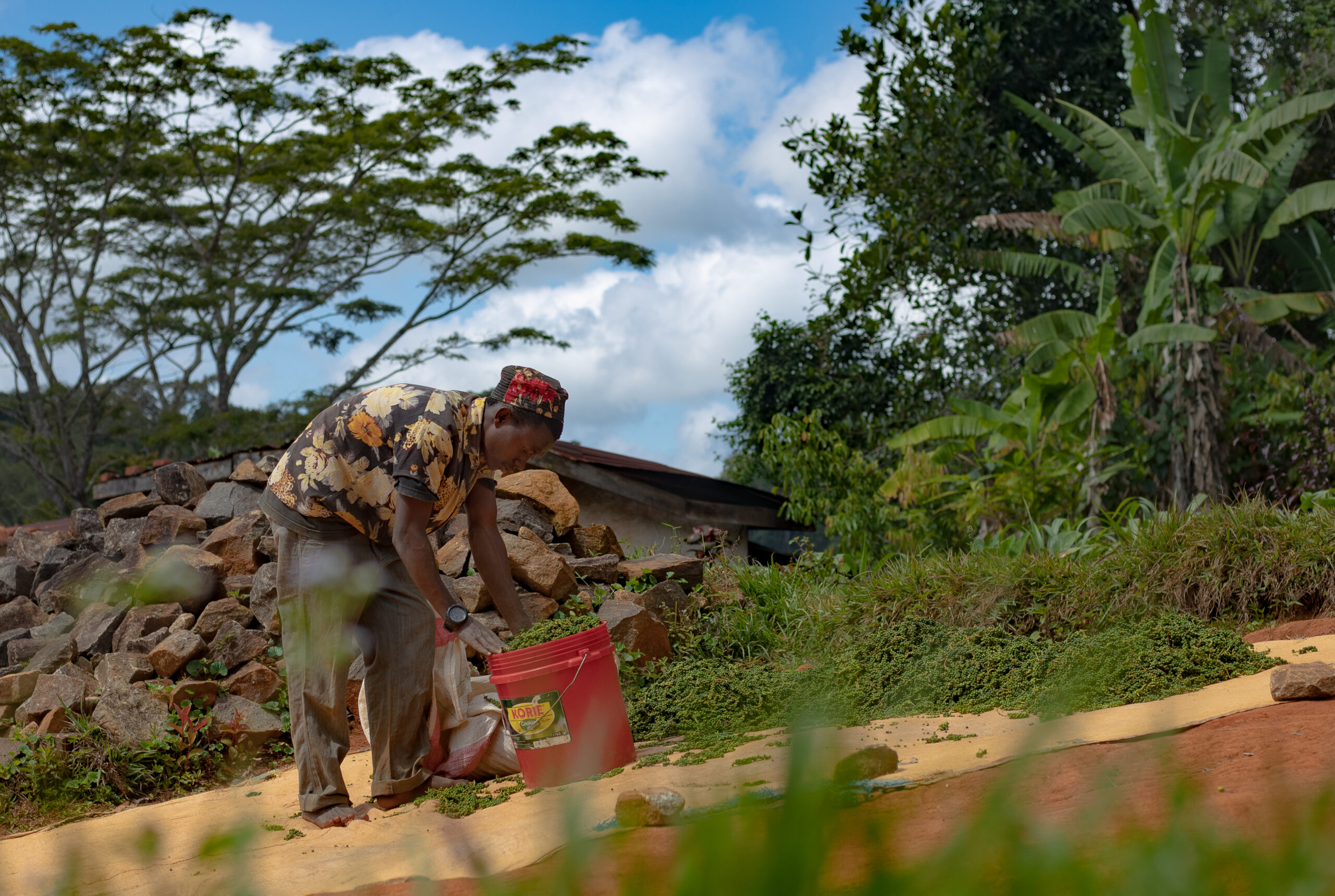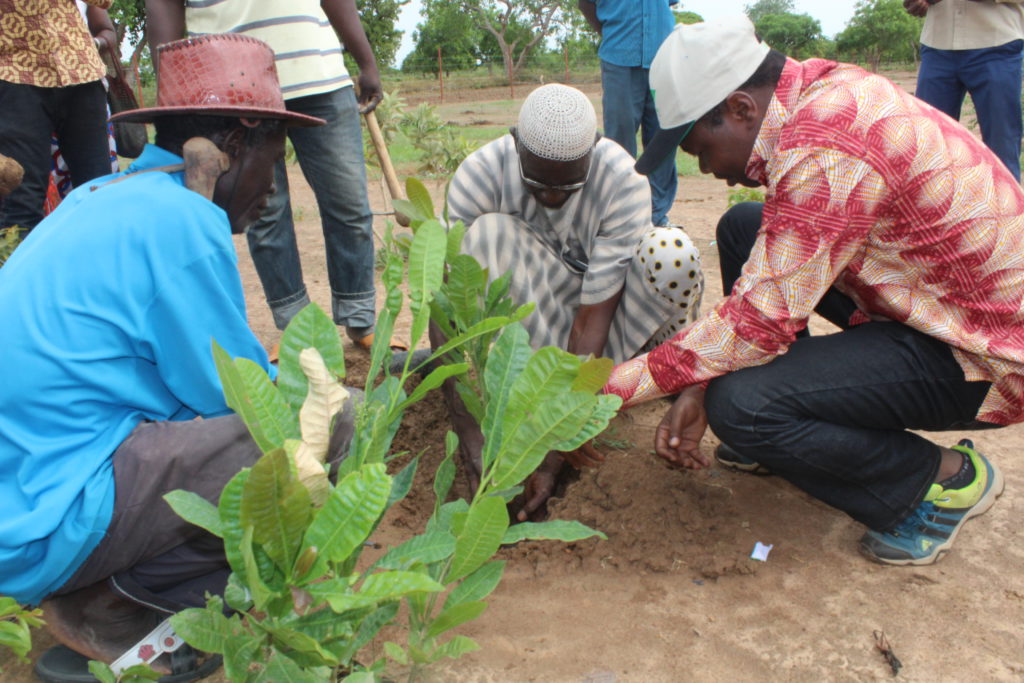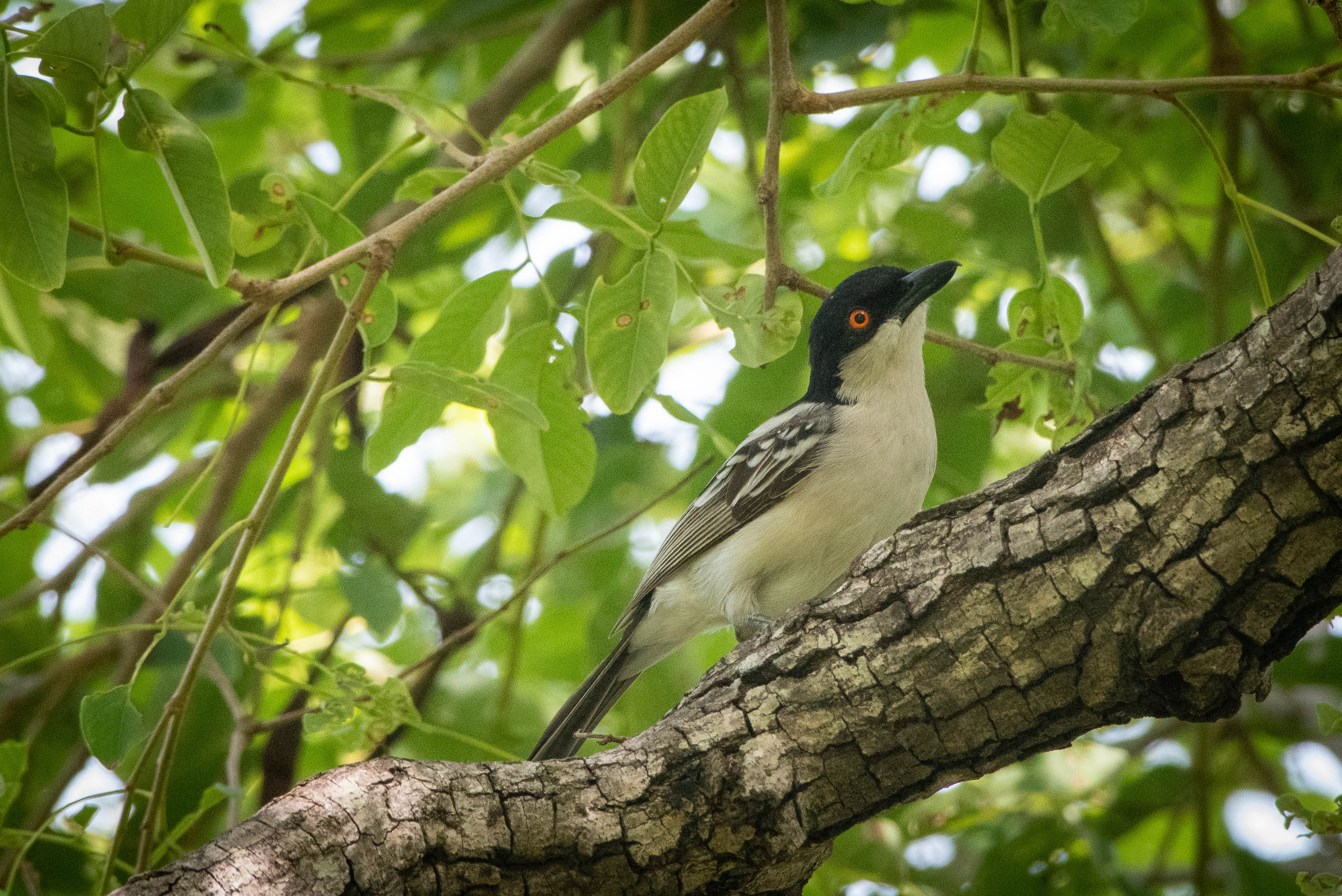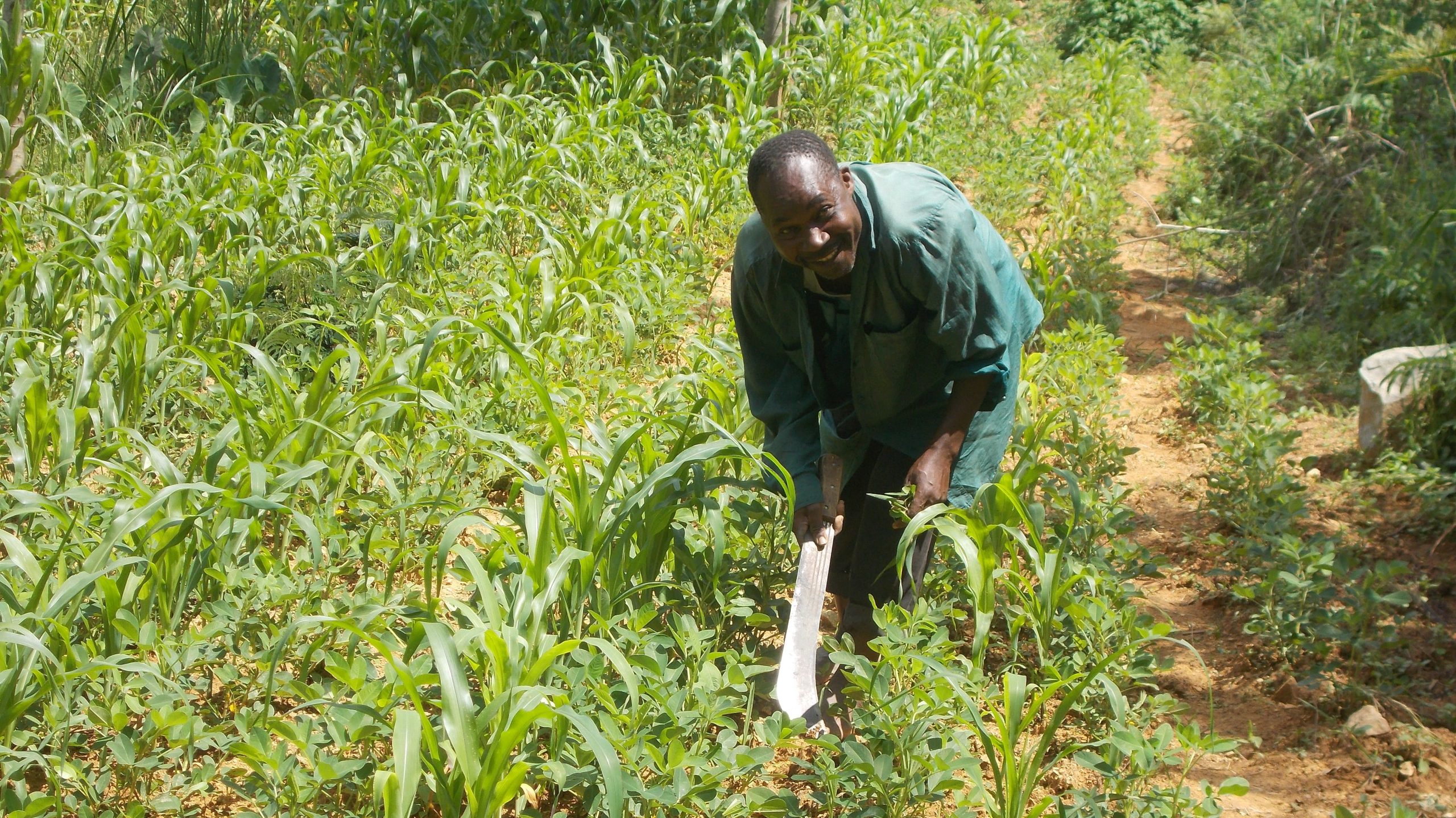LnRiLWZpZWxke21hcmdpbi1ib3R0b206MC43NmVtfS50Yi1maWVsZC0tbGVmdHt0ZXh0LWFsaWduOmxlZnR9LnRiLWZpZWxkLS1jZW50ZXJ7dGV4dC1hbGlnbjpjZW50ZXJ9LnRiLWZpZWxkLS1yaWdodHt0ZXh0LWFsaWduOnJpZ2h0fS50Yi1maWVsZF9fc2t5cGVfcHJldmlld3twYWRkaW5nOjEwcHggMjBweDtib3JkZXItcmFkaXVzOjNweDtjb2xvcjojZmZmO2JhY2tncm91bmQ6IzAwYWZlZTtkaXNwbGF5OmlubGluZS1ibG9ja311bC5nbGlkZV9fc2xpZGVze21hcmdpbjowfQ==
Downloads and media
Project flyer
LnRiLWNvbnRhaW5lciAudGItY29udGFpbmVyLWlubmVye3dpZHRoOjEwMCU7bWFyZ2luOjAgYXV0b30gLndwLWJsb2NrLXRvb2xzZXQtYmxvY2tzLWNvbnRhaW5lci50Yi1jb250YWluZXJbZGF0YS10b29sc2V0LWJsb2Nrcy1jb250YWluZXI9IjFiM2Y1MWRhMDhhYzRiOTIyYmJhMmQwY2Q1MDI1NTJlIl0geyBwYWRkaW5nOiAwcHg7bWFyZ2luLWJvdHRvbTogNDVweDsgfSAgQG1lZGlhIG9ubHkgc2NyZWVuIGFuZCAobWF4LXdpZHRoOiA3ODFweCkgeyAudGItY29udGFpbmVyIC50Yi1jb250YWluZXItaW5uZXJ7d2lkdGg6MTAwJTttYXJnaW46MCBhdXRvfSAgfSBAbWVkaWEgb25seSBzY3JlZW4gYW5kIChtYXgtd2lkdGg6IDU5OXB4KSB7IC50Yi1jb250YWluZXIgLnRiLWNvbnRhaW5lci1pbm5lcnt3aWR0aDoxMDAlO21hcmdpbjowIGF1dG99ICB9IA==
Capacity building program
The AfriEvolve Capacity Building program facilitates peer-to-peer & mentoring exchanges of knowledge, skills and resources in order to emulate equal-mutual capacity building, human resource management and political empowerment among AfriEvolve partners. This is among other achieved by upscaling capitalized experience on Organisational development and Climate Smart Agriculture, among green African cooperation actors.
The AfriEvolve partners co-organise 17 online learning sessions in 2022/2023. Compiling more than 85 hours of intervening experts, the learning is structured in three thematic seminar series with a 7 sessions-serie focusing on Climate Smart Agriculture, a 6 sessions-serie on Organisational Development and a 3 sessions-serie on Nature Conservation.
Please find all details about the AfriEvolve Capacity Building program below.
LnRiLWNvbnRhaW5lciAudGItY29udGFpbmVyLWlubmVye3dpZHRoOjEwMCU7bWFyZ2luOjAgYXV0b30gLndwLWJsb2NrLXRvb2xzZXQtYmxvY2tzLWNvbnRhaW5lci50Yi1jb250YWluZXJbZGF0YS10b29sc2V0LWJsb2Nrcy1jb250YWluZXI9IjFiM2Y1MWRhMDhhYzRiOTIyYmJhMmQwY2Q1MDI1NTJlIl0geyBwYWRkaW5nOiAwcHg7bWFyZ2luLWJvdHRvbTogNDVweDsgfSAgQG1lZGlhIG9ubHkgc2NyZWVuIGFuZCAobWF4LXdpZHRoOiA3ODFweCkgeyAudGItY29udGFpbmVyIC50Yi1jb250YWluZXItaW5uZXJ7d2lkdGg6MTAwJTttYXJnaW46MCBhdXRvfSAgfSBAbWVkaWEgb25seSBzY3JlZW4gYW5kIChtYXgtd2lkdGg6IDU5OXB4KSB7IC50Yi1jb250YWluZXIgLnRiLWNvbnRhaW5lci1pbm5lcnt3aWR0aDoxMDAlO21hcmdpbjowIGF1dG99ICB9IA==
Final project report
The AfriEvolve final report includes an outline of the project, an overview of the content shared in a peer-to-peer online seminar on organisational development and climate-smart agriculture, and a lessons-learned section on the climate-smart pilot projects in each of the 6 partner countries.
